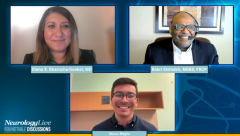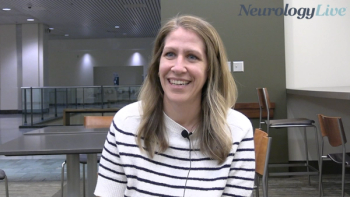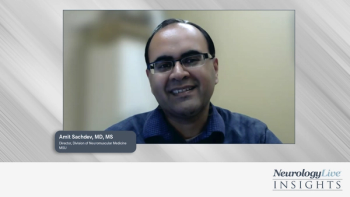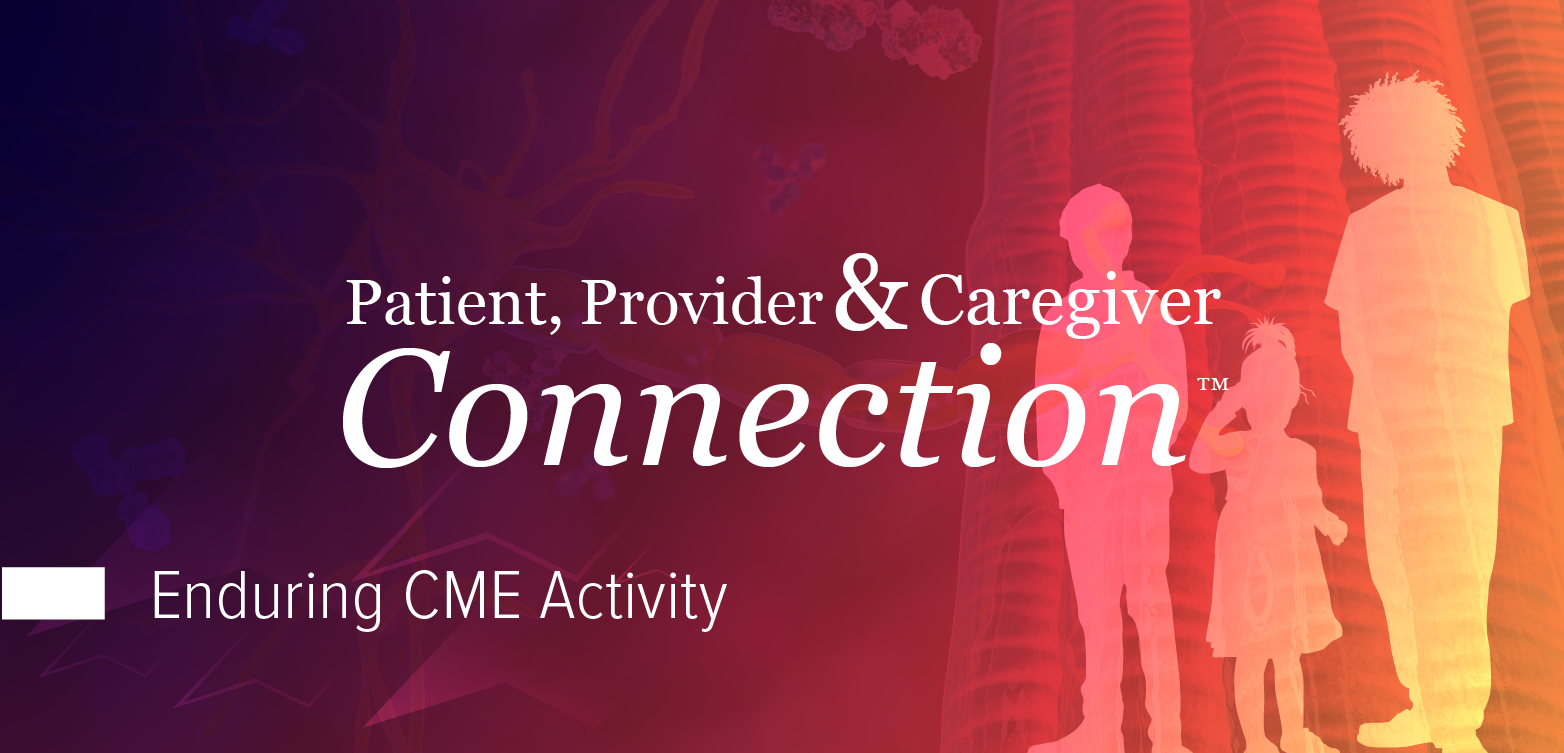
Coordinating Complex SMA Care: The Case for Proactive, Team-Based Models

This episode tackles how proactive, interdisciplinary care and dedicated coordination models are transforming the delivery of SMA treatment across clinical settings.
Episodes in this series

Spinal muscular atrophy (SMA) is an autosomal recessive disorder caused by mutations in both copies of the SMN1 gene on chromosome 5q, occurring in about 1 in 15,000 live births. In the U.S., carrier rates vary by ethnicity, from 1 in 47 among White individuals to 1 in 72 among African Americans, with detection rates of 94.8% and 70.5%, respectively. SMA leads to the dysfunction and irreversible loss of alpha motor neurons in the spinal cord and brainstem, resulting in progressive muscle weakness and atrophy.
Earlier this year, Cure SMA, an advocacy group dedicated to advancing the care of patients with SMA, put out a new best practices guideline on decision-making between healthcare providers (HCP) and patients and caregivers in North American and Western Europe. To better translate the latest updates, NeurologyLive® convened study authors
Managing SMA today isn’t just about selecting the right therapy—it’s about orchestrating a full team effort. In this episode, Bharucha-Goebel and Elsheikh unpack the critical role of care coordination and interdisciplinary collaboration in SMA treatment. From implementing structured monitoring roadmaps to leveraging telehealth and appointing dedicated care coordinators, they lay out the infrastructure needed to deliver seamless, safe, and patient-centered care. They also reflect on the importance of educating patients and families, sharing decision-making, and building proactive systems that meet the evolving demands of SMA management.
Transcript edited for clarity. To visit the 2025 Cure SMA Update in Best Practices,
Marco Meglio: The next topic is the importance of care coordination and interdisciplinary or multidisciplinary care. How do we optimize this going forward, whether from a clinician's perspective or an organizational one?
Diana Bharucha-Goebel, MD: I think there are two parts to that question. First, there’s how we organize care—how we make sure everything needed for treatment and follow-up is well coordinated. Then there's the broader role of interdisciplinary and multidisciplinary care.
Starting with coordination: when patients begin different types of therapies—whether it's gene replacement, intrathecal dosing, or oral administration—each requires baseline safety labs, functional assessments, and clear planning. Once treatment is chosen, we use roadmaps at our institution tailored to each therapy. For example, with gene therapy, there's a structured safety follow-up: lab monitoring, vital signs, physical exams, steroid management, and so on. Similar follow-ups exist for oral and intrathecal therapies, including lab work and scheduled dosing.
All of this demands close coordination among the neuromuscular team, care coordinators, infusion or radiology teams, and pharmacy. Everyone needs to know where the patient is in the treatment cycle. Building that infrastructure has been exciting, but it's taken real effort across institutions to maintain clear, consistent communication and scheduling—so that families stay on track and care remains safe and effective.
Bakri Elsheikh, MBBS, FRCP: That’s an excellent summary. The magic word here is “team.” SMA is a complex disease that demands input from many specialties—neurology, orthopedics, physical and occupational therapy, nutrition, mental health, and more. The goal is to shift from reactive to proactive care to better preserve function and prevent complications.
One of the strengths of the workshop that produced this consensus was the inclusion of a Community Working Group. They brought up the importance of having a dedicated SMA care coordinator—someone who can serve as a point person to help streamline access to specialists, treatments, and all the logistics and paperwork that come with them.
Multidisciplinary care isn’t available everywhere, so we also need to think creatively—using telemedicine, remote monitoring, and other tools to help extend access. The Community Working Group also emphasized the importance of education and psychological support. That includes education about the diagnosis, mechanisms of action, available treatments, trial data, real-world evidence, and safety. All of this supports truly shared decision-making.
We need to approach SMA care holistically and give families the time, resources, and support they need to make informed decisions.
Newsletter
Keep your finger on the pulse of neurology—subscribe to NeurologyLive for expert interviews, new data, and breakthrough treatment updates.




































